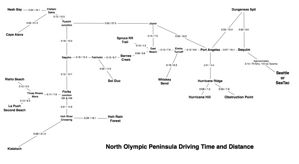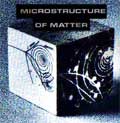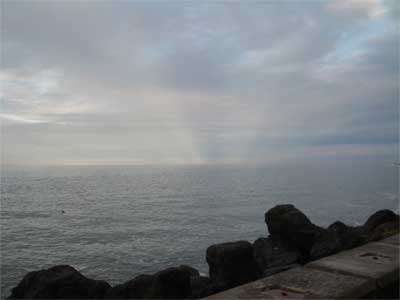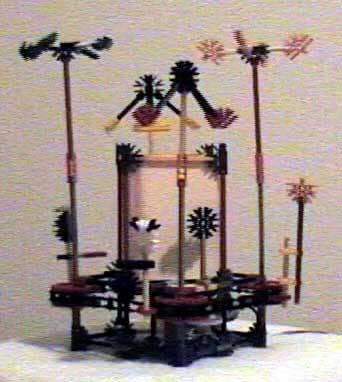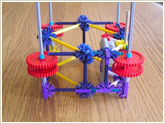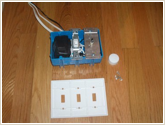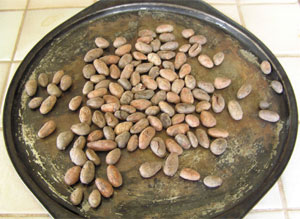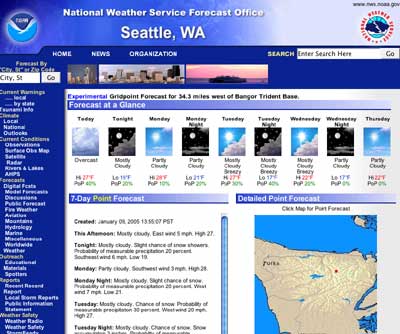|
We were recently out at Dungeness Valley Creamery, and as well approached we noticed a cow lying on her side in the field near the farm store. We had never seen a cow on her side before. She wasn't down on all four, but on the ground lopsided as if she had fallen on one side. Curious, we asked about her. It turns out, she was extremely pregnant and about to deliver.
We bought some milk, and some cheese, and did some Christmas shopping for a friend of ours. Meanwhile, we could look out the window and watch the cow having contractions as she tried to deliver. It looked like hard work which is probably why they call it labor. One of the spectators, not one of us, remarked that it looked like she was having a cow, which indeed she was.
Suddenly, after a series of contractions, the calf was ejected. It was wrapped in a membrane and looked like something from a science fiction movie, perhaps Calf Cocoon II - The Cow Horror Continues. The calf didn't move much, but we could see she was breathing. Sarah Brown went to check her and announced that the baby was a girl, and then left her with mom.
Grandma was in the next field bellowing advice, and she was joined by a few other cows who watched for a while and then drifted off. Meanwhile, Mom set out to the serious business of licking her newborn while her newborn tried to figure out how to stand up.
We watched for a good half hour. Mom did a good job licking, and the cocoon disappeared to reveal a wet calf. Then the wet calf turned into a dry calf despite all the licking. Meanwhile the newborn rested a few minutes, then tried to stand, then rested a few more minutes, and so on. In the nature documentaries, they use ellipsis. A calf is born, then the calf stands on its shaky legs and nurses. With Dungeness Valley Creamery milk the calf had additional impetus to get to the nursing stage.
|
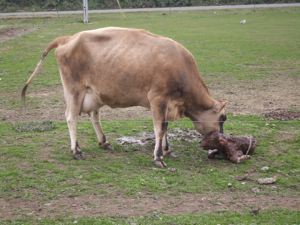 Mother and child Mother and child |
|
First, the calf tried her front legs a bit. Then, after a lot more licking, she tried her rear legs and actually managed to get her hindquarters in the air. Unfortunately, standing requires all four legs working together. It takes a human baby with our incredibly advanced brain, and only two legs to deal with, the better part of a year to get this right, so we were probably expecting a bit more than a calf with a cow brain and four legs to deal with could accomplish quickly.
We hung around for the next half hour trying to be encouraging, and there were definitely signs of progress. Mom seemed to have satisfied herself that her baby had been adequately licked. Her calf could rise on her hind legs, and we could see her struggling to get her two front legs into position for that critical coordinated push.
All of the other cows had left some time ago leaving mother and child on their own, or rather, with us humans and our longer attention spans. We had other errands to run, so we decided that things were likely to turn out for the best. Sarah, having determined that the newborn was a girl, wasn't worried, and the calf looked helpful, so we assume that things worked out for the best. |
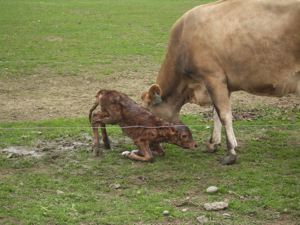 Trying to stand Trying to stand |






